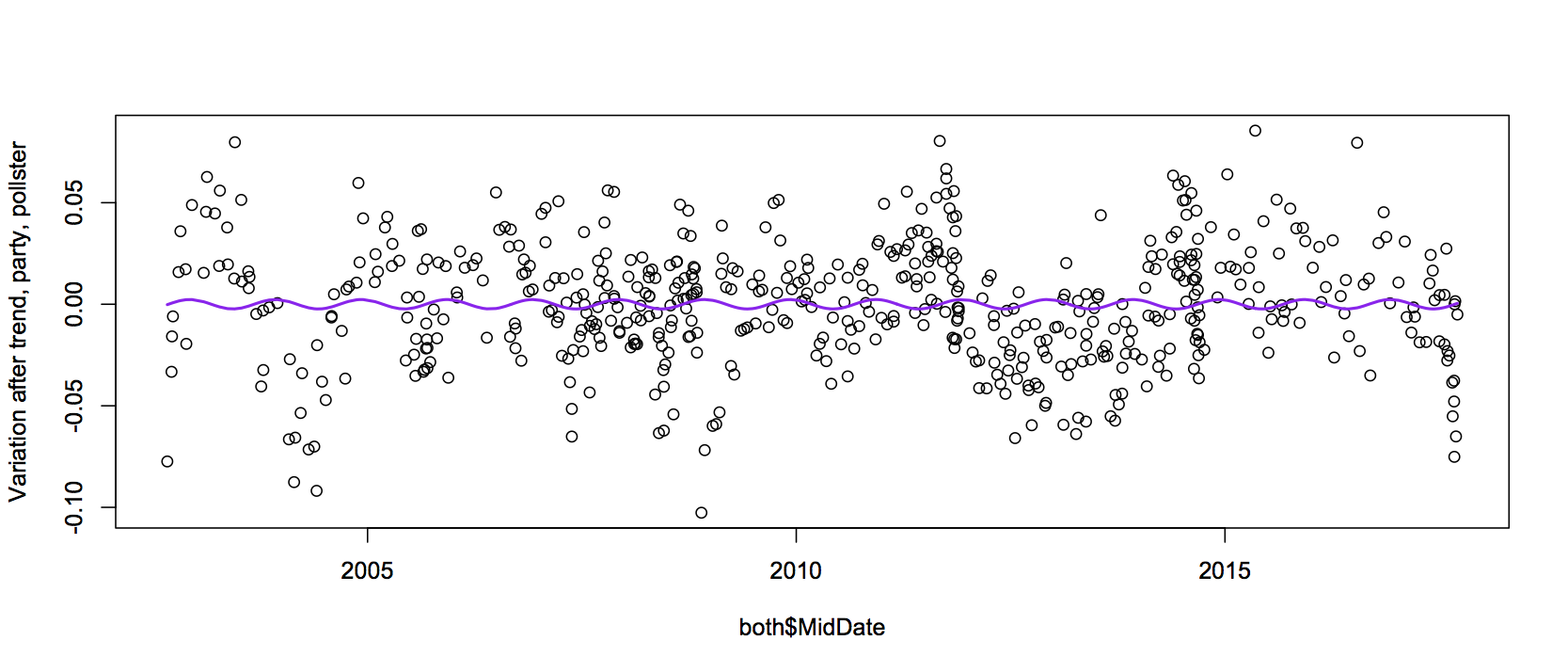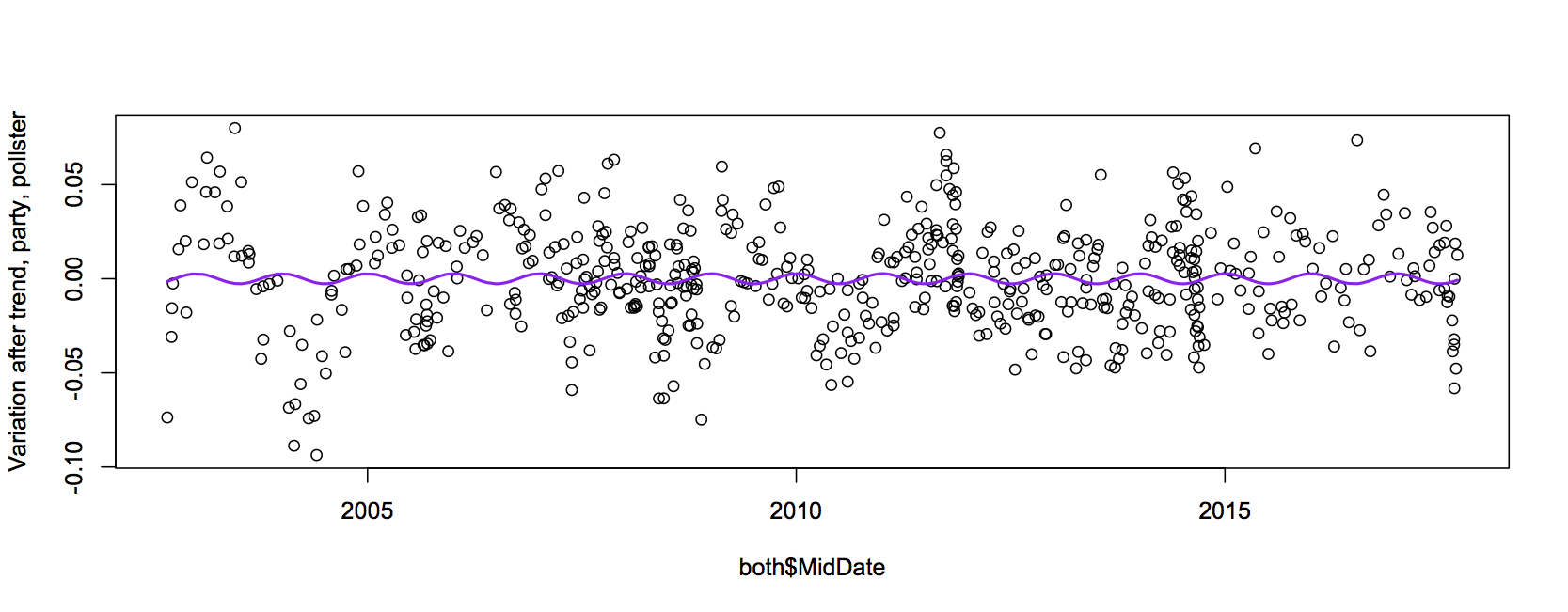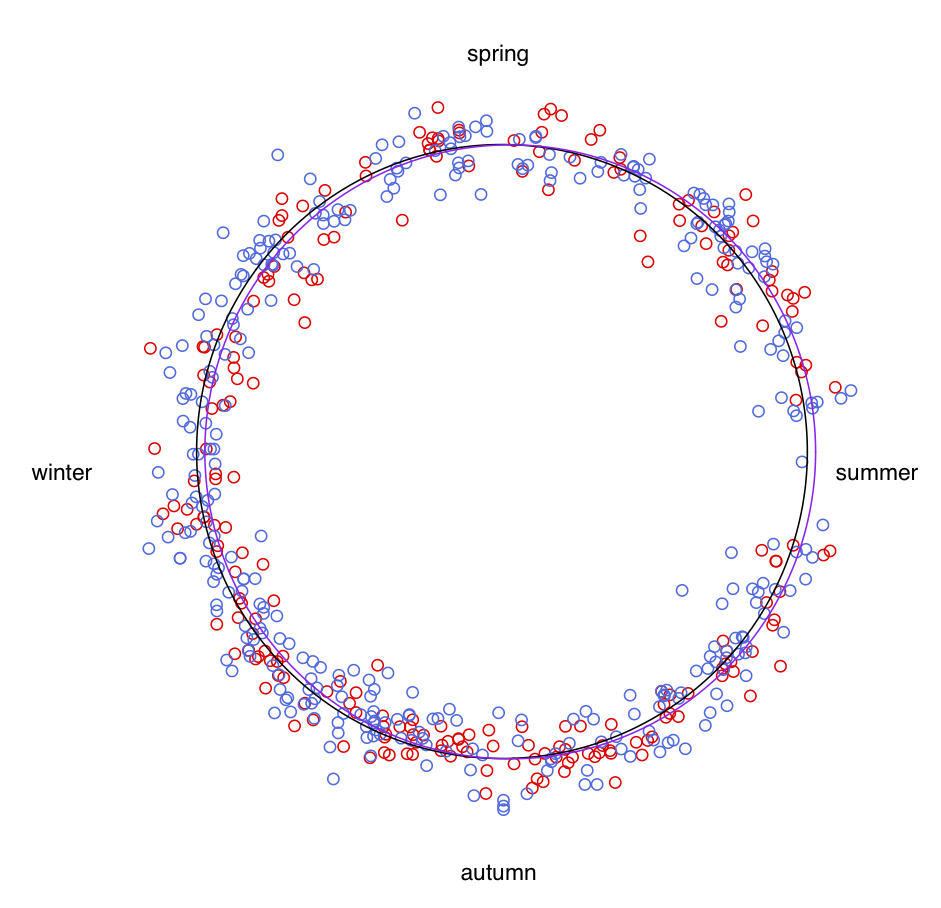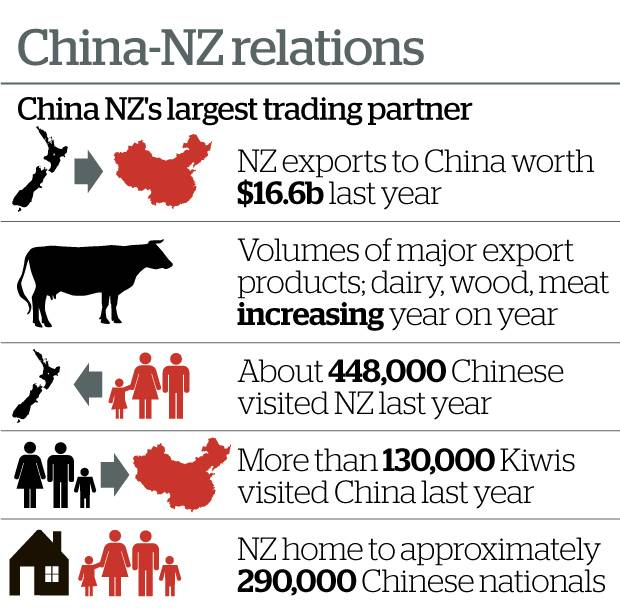Back in June, the AA put out a press release claiming that road deaths caused by (illegal) drugs now exceeded those caused by alcohol. As I wrote at the time, (a) this was largely an artefact of increased testing, and (b) it’s a dodgy definition of ’cause’.
Roger Brooking, a drug and alcohol counsellor, has recently been pointing out that the definition of ’cause’ wasn’t comparable between alcohol and illegal drugs. He’s right. Unfortunately, I think he wants the definitions changed in the wrong way.
The definition of ’caused by alcohol’ was ‘blood alcohol over the legal limit’, and the definition for illegal drugs was ‘detectable amount’. There’s a sense in which these are comparable — they both indicate that violations of the law have occurred — but that’s not a useful sense if we’re talking about attributing risk.
Roger Brooking’s suggestion is to set both definitions at ‘any detectable’, and to set the legal alcohol limit for drivers to zero, and to do a lot more testing. I’m one of the minority of New Zealanders who wouldn’t be directly affected by any of these changes, but I still think it’s a terrible idea.
Focusing on statistical questions, though, describing as ’caused by’ drugs or alcohol all road deaths where the driver had detectable amounts in their blood is unambiguously wrong. If you have alcohol in your system, your risk of being in a crash increases. It increases a moderate amount for moderate levels of alcohol, and by a lot for high levels of alcohol. At very low levels the direct evidence is limited, but your risk probably increases a little bit. And with no alcohol or drugs in your system, the risk isn’t zero. We know that from common sense, but also because some drivers do have crashes and tests don’t show any alcohol or drugs.
So, how much? The most recent research cited by a WHO report (PDF) is from the US, carried out in the late 1990s (PDF). The researchers monitored crashes in two US cities, and a week after each crash picked two random drivers at the time and place of the crash to measure their blood alcohol. After adjusting for differences in, eg, age and adjusting for refusal to participate, they have estimates of the increase in risk for a range of blood alcohol concentrations. It’s worth noting that these are estimates rather than definitive truth, and that they are higher than previous estimates. At 0.03% blood alcohol the estimated risk is 1.06 times higher; at 0.05% it’s 1.38 times higher; at 0.08% it’s 2.69 times higher; at 0.10% it’s 3.79 times higher.
That is, at 0.03% blood alcohol the estimate is 100 crashes that would have happened with no alcohol for every 6 influenced by alcohol. At 0.05% it’s 100 crashes that would have happened with no alcohol for every 38 influenced by alcohol. At 0.08%, it’s 100 crashes that would have happened with no alcohol for every 169 influenced by alcohol. By the time you get to 0.10%, about three-quarters of the crashes are caused by alcohol, and at 0.15%, with a relative rate of 22 it’s damn near all of them. But at the legal limit it’s about a third, and at lower blood alcohol concentrations it’s a small fraction. If there were 80 fatal crashes where the driver had a blood alcohol above zero but below the legal limit, most of those crashes were not caused by alcohol in either a usual or a technical meaning of the word ’cause’.
Given the way risk decreases at lower levels of exposure to drugs, how should the numbers be reported? It makes sense to report both alcohol >0 and alcohol > legal limit. If there were consensus on the excess risk relationship it would be helpful to report crashes attributable to alcohol, taking the risk relationship into account. It’s hard to do that for other drugs, though. We’ve got very little empirical data relating forensic measures to risk for other drugs, and in some cases (eg cannabis) we know that the easily measurable concentration doesn’t pick up impairment well. On top of that, use of multiple drugs is probably a substantial component of the problem. It’s a good idea to increase measurements after serious crashes (to gather data). It’s a good idea to report alcohol + other drugs separately from alcohol alone and other drugs alone. And in the absence of any better criteria it’s probably unavoidable to just report any detectable level of other drugs, but we should resist (as ESR, notably, does) the temptation to call those crashes ’caused by’ the drug.



